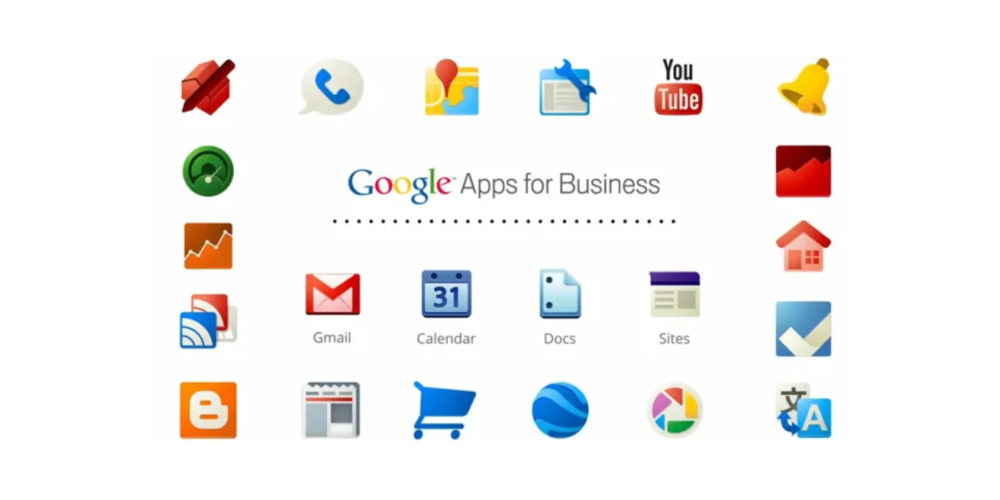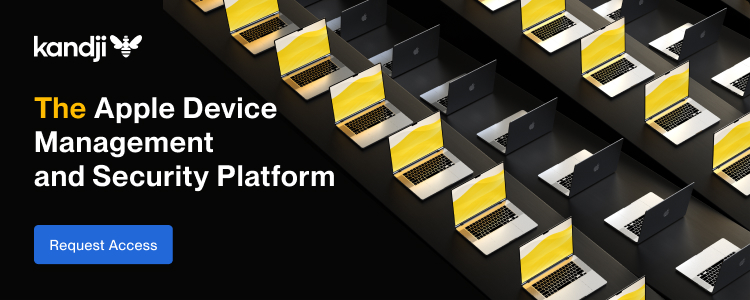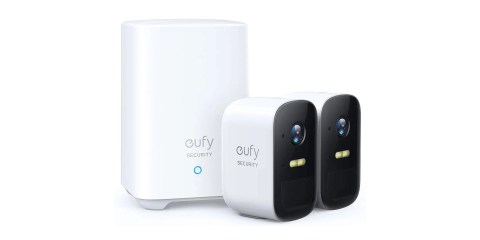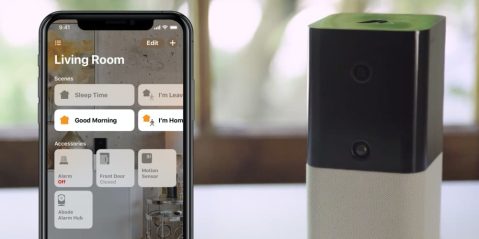
Apple @ Work is brought to you by Kandji, the MDM solution built exclusively for organizations that run on Apple. Kandji is a modern, cloud-based platform for centrally managing and securing your Mac, iPhone, iPad, and Apple TV devices, saving IT teams countless hours of manual work with features like one-click compliance templates and 150+ pre-built automations, apps, and workflows. Request access.
Employee choice when it comes to technology is something I applaud. Technology is deeply personal to many people, so using the tools you’re comfortable with improves morale and streamlines productivity. Unfortunately, employee choice with technology wasn’t always something employers considered. Many people give the iPhone credit for driving employee choice as it created a halo effect. The iPhone contributed that, but I want to argue that Google deserves a lot of credit here as well. Read on to learn more about how Google helped drive the concept of employee choice with technology.
About Apple @ Work: Bradley Chambers managed an enterprise IT network from 2009 to 2021. Through his experience deploying and managing firewalls, switches, a mobile device management system, enterprise-grade Wi-Fi, 100s of Macs, and 100s of iPads, Bradley will highlight ways in which Apple IT managers deploy Apple devices, build networks to support them, train users, stories from the trenches of IT management, and ways Apple could improve its products for IT departments.
All Microsoft
Today’s IT landscape involves many different platforms. An organization might use one software as a service tool for accounting, one tool for team chat, SalesForce as a CRM, a hosted email service, and maybe a tool like Okta to tie them all together under a single sign-in protocol. The concept of using tools from multiple vendors was foreign 10+ years ago. The goal of many IT teams was to use everything Microsoft offered and tie everything together through ActiveDirectory.
The all-in-on Microsoft strategy made a lot of sense at the time. The concept of using a tool built into your existing infrastructure streamlined training and troubleshooting. Many teams added a few additional tools, but the bulk of “business work” took place in Outlook, Microsoft Office, and the company “Shared Drive.”
Google Apps for Your Domain

Google launched Gmail in 2004, and Google launched “Google Apps for Your Domain” in 2006 as a way to use Google services with your own domain name. Many people connect their personal domains to Google to stand out with a unique email address, but businesses started to pay attention to the product slowly.
While it started to have a hosted email address and calendar, it slowly evolved over the years. As Google built out Google Docs, Spreadsheets, and Slides, it made its way over to Google Apps for Your Domain. When Google Drive was created, it became a hosted file-sharing solution for small teams. Later, Google would rename the product to G Suite, and it would eventually transform into Google Workspace.
Somewhere around the 2009/2010 time frame, business customers started paying attention to the product as a Microsoft Exchange alternative. This period was before Microsoft 365 became the default model for Microsoft customers as well. Google Apps for your Domain/G Suite/Google Workspace was a corporate email solution that was ideal for small businesses that didn’t want to hire an IT team to manage an email server.
How Google helped Apple in the enterprise
If you’re thinking this article would make the case that Google Apps was easier to configure on an iPhone in the early days, you’re wrong. While that was true, it’s not the reason that led to the rise of employee choice. Instead, what led to the increase in employee choice is IT departments not choosing Microsoft for email as a whole.
An organization that broke the mold of “all-in” on Microsoft on the software side was more likely to allow employee choice elsewhere. When an organization used Microsoft for everything software, it made sense to use Microsoft as an operating system for workstations. As organizations replaced Windows PCs with Macs for a few employees, the trend increased. As we moved through the 2010s, more employees started getting Macs. They’d use Macs with G Suite and likely barely touch the Microsoft infrastructure an organization had in place other than for authentication.
Summary
The concept of employee choice, in my opinion, started with the idea of IT departments having a choice for corporate email. Previously, Microsoft and a few smaller companies were the major options available, but no one ever got fired for going with Microsoft – so Exchange dominated the market. As Google became a clear option for IT teams, the concept of choice became a clear option for everyone.

Apple @ Work is brought to you by Kandji, the MDM solution built exclusively for organizations that run on Apple. Kandji is a modern, cloud-based platform for centrally managing and securing your Mac, iPhone, iPad, and Apple TV devices, saving IT teams countless hours of manual work with features like one-click compliance templates and 150+ pre-built automations, apps, and workflows. Request access.
FTC: We use income earning auto affiliate links. More.







Comments